How TOR Works
TOR is a fully collateralized stablecoin which acts as a foundational pillar within the Hector Network Ecosystem.
Its unique smart contracts made it the first of its kind, creating positive price action for the HEC token each time a TOR coin is minted and empowering Hector Network to become deflationary.

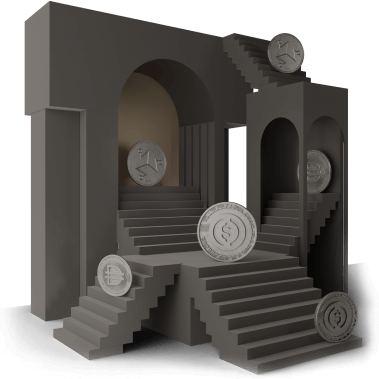
A Utility Stablecoin
Two separate stablecoins, DAI and USDC, maintain TOR’s peg, keeping it decentralized, providing a dual layer of security and helping to prioritize stability.
Since TOR was launched in early 2022, the Hector Network team has focused on expanding its utility, thus supporting the rapid expansion of its ecosystem. Though native to the Fantom Opera Chain, TOR is spreading across the blockchains as Hector Network continues its crosschain expansion.
Stability in a Sea of Volatility
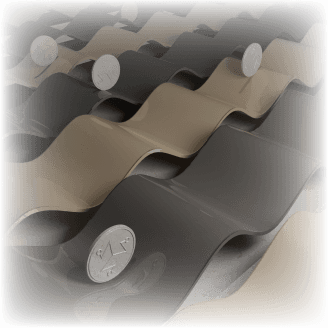
Stablecoins offer a bridge between the worlds of Fiat and cryptocurrencies; often, they enjoy the positive traits of both.
Like their non-stable crypto counterparts, stables can be traded to anyone on the internet, regardless of international borders. They are fast and inexpensive to transmit and can be programmed to perform particular functions via smart contracts. Like Fiat, they are substantially less volatile, making them more suited for making payments for goods, services and even paying wages. The powerful combination of these traits makes stablecoins an essential part of the defi landscape.
The Importance of the Peg
A stablecoin “peg” refers to the value point from which the coin should not deviate more than a few cents in either direction.
Typically a stablecoin is pegged to the value of a Fiat currency, as with USDC / US Dollars; however, stables can be pegged to the value of a particular Fiat, like the price of Gold. The stablecoin is regulated by storing assets (either Fiat or Crypto) as collateral and or using algorithms to control supply and demand. While we have seen instances of these systems failing to retain a peg, the coins lacked sufficient collateralization to support their circulating supply in those situations.
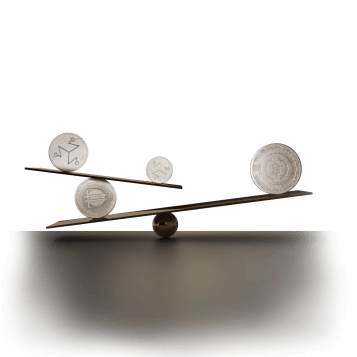

While TOR is stable, fully collateralized by the Hector Network Treasury and furthermore, decentralized, users should be aware that Crypto, including stablecoins, is unregulated and may have risks associated with it.
The coins used to collateralize TOR are DAI and USDC, both stablecoins in their own right, meaning that TOR does not rely on Fiat. Hector Network is passionate about the opportunities afforded by a decentralized future. TOR is a stepping stone to achieving it.
Once you’ve acquired or minted TOR you can use it for many things such as farming rewards, collateral deposits in Hector Institute, diversified, stable coin holding, and even making payments for goods and services through one of our partners like Oske.
What’s in a name? The Tyche Owned Reserve
TOR stands for Tyche Owned Reserve.
Worshiped throughout the ancient world, Tyche was the Greek goddess of providence. The Goddess Fortuna, Tyche’s Roman equivalent, is perhaps better remembered by modern language. Yet, for thousands of years, the desire for Tyche’s benevolent favor burned in the hearts of all peoples. It was believed she acted as a mediator between ill and favorable fate and could even hand victory to a lesser athlete, as all prosperity fell within her domain. Due to this, she was often selected as the patron deity for cities, whose citizens believed honoring her would make their economy boom. She became a familiar figure and was stamped into multiple currencies dating back to 80 BCE.
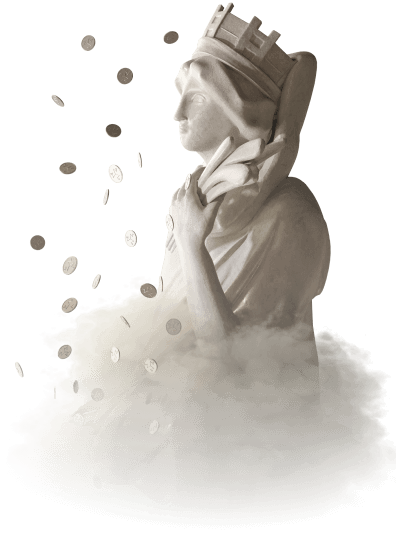
A picture is worth a thousand words.
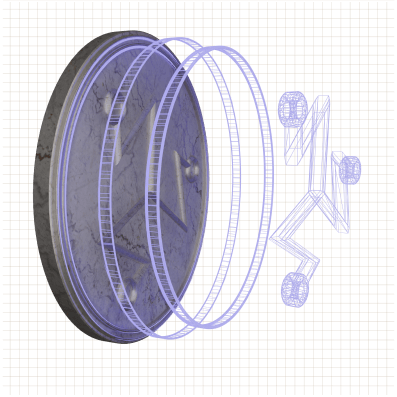
The imagery behind the TOR logo is equally steeped in meaning.
It was inspired by the Tryskelion. This ancient symbol dates back 5000 years and first appears as three spirals hailing from a common center. By the Mycenean age of Greek mythology, this symbol had developed into three bent human legs, sprouting from a central point. The exact symbology behind this image has been lost to time, or perhaps it always had multiple meanings, as all legends from Ancient Greece are subject to shades of gray. One, in particular, stands out, and it was here we found our inspiration for the logo of TOR.
It is said that the renowned warriors of Sparta would paint the Tryskelion upon their shields to remind their foe that no matter which way a Spartan warrior might fall, Sparta would always land on her feet.
Indeed, there is no up or down for the Tryskelion; similarly, our intention is for TOR to remain constant.
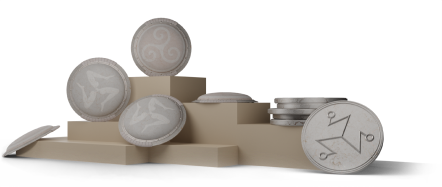
For further details about Hector Network, the expansive Hector Ecosystem, or TOR’s sister coin HEC, explore the Hector Network Main Site.